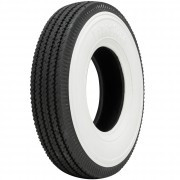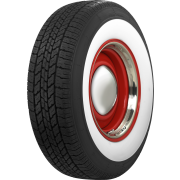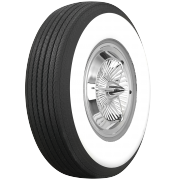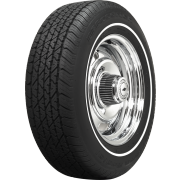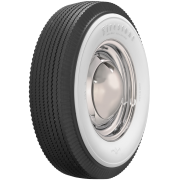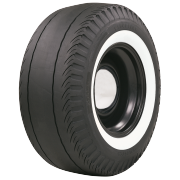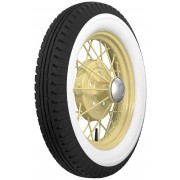White wall tires
Posted by Tire & Wheel Specialist on Jun 8th 2016
The status of whitewall tires versus blackwall tires was originally the reverse of what it later became, with fully black tires requiring a greater amount of carbon and less effort to maintain a clean appearance these were considered the premium tire; since the black tires first became available they were commonly fitted to many luxury cars through the 1930s. During the late-1920s gleaming whitewalls contrasted against darker surroundings were considered a stylish, but high-maintenance feature. The popularity of whitewalls as an option increased during the 1930s. On April 6, 1934, Ford introduced whitewall tires as an $11.25 option on all its new cars.Automobile designs incorporating stream lining eventually rendered the two-sided whitewall obsolete.
Although wide whitewalls are virtually nonexistent as a factory option on modern automobiles, they are still manufactured in original bias-ply or radial form by specialty outlets. Some companies manufacture wide whitewall inserts.
Modern trends toward more minimal styling, and large wheels favoring very low-profile tires leave little room for a whitewall.
|
|
|
|
|
|



